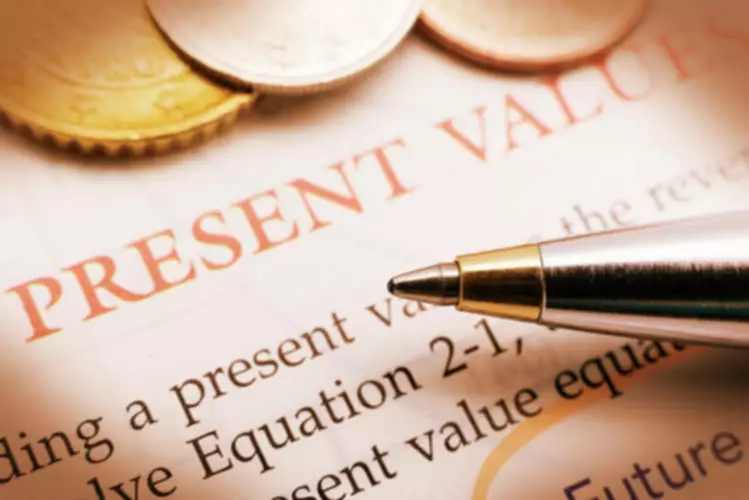21 Mar The Accounting Cycle Boundless Accounting
Content

An accounting cycle is a continuous and fixed process that needs to be followed accordingly. We know the accounting cycle can seem daunting at times, so we wanted to cover common themes and answer your most urgent questions. Think of the general ledger as a summary sheet where all of the transactions live and are categorized. The general ledger is the master list of any transaction information listed in journals or subledgers.

A worksheet is created and used to ensure that debits and credits are equal. If there are discrepancies then adjustments will need to be made. The first step in the accounting cycle is identifying transactions.
Accounting Cycle: Definition and Process
Taking the time to map out plans and dates that coincide with your accounting deadlines will increase productivity and results. Bookkeepers or accountants are responsible for recording the transactions over the accounting timeline. If you use cash-basis accounting, record transactions when cash physically exchanges hands (i.e., when you receive money or pay). Read on to accounting cycle learn the accounting cycle definition and steps in accounting process. Even small businesses would benefit from using the accounting cycle in their business, and if you are using accrual accounting, it’s an absolute must. While much of this detail is completely automated if you’re using accounting software, you now understand the accounting cycle from beginning to end.
If you use accounting software, posting to the ledger is usually done automatically in the background. Understand what the accounting cycle is, learn the purpose of the accounting cycle, and identify the accounting cycle steps. Use of a checklist with deadlines in the accounting cycle improves accountability and process management.
Post the transactions.
The accounting period for this assessment could be monthly, quarterly, yearly, or any other time. However, if debits and credits aren’t balanced, it’s a sure sign your financial statements won’t be accurate. After determining the accounts involved, the next step is to journalize the transaction in a Journal Book. This book is also called the book of original entry because this is the first record where transactions are entered.
The unadjusted trial balance is the initial version of the trial balance that hasn’t been analyzed for accuracy and adjusted as needed. Accounting cycle is a process of a complete sequence of accounting procedures in appropriate order during each accounting period. Accounting process is a combination of a series of activities that begin when a transaction takes place and ends with its inclusion in the financial statements at the end of the accounting period. Without the cycle, companies could risk going out of order, mishandling their records, and ultimately damaging their financial statements which could give a bad picture of the company’s financial health. As we noted above there are 8 steps to the entire accounting process.
Eight Steps in the Accounting Cycle
This is the point where you would also make any depreciation entries and enter payroll or other expense accruals. The purpose of these journals is to provide the details of the balance that you will later transfer to the https://www.bookstime.com/what-is-unearned-revenue G/L. What’s left at the end of the process is called a post-closing trial balance. For example, if a business sells $25,000 worth of product over the year, the sales revenue ledger will have a $25,000 credit in it.
- After the company makes all adjusting entries, it then generates its financial statements in the seventh step.
- The accounting cycle is considered a bookkeeping basic and is a a step-by-step process performed by accountants to ensure that all financial transactions are properly recorded.
- While much of this detail is completely automated if you’re using accounting software, you now understand the accounting cycle from beginning to end.
- The eight-step cycle helps companies make sure their financial information is correct before they close their books and then reset them for the next accounting period.
Of note, the resetting of accounts to zero doesn’t apply to a soft close. Analyzing and recording transactions represent the first steps in one continuous process known as the accounting cycle. The accounting cycle is a step-by-step process to record business activities and events to keep financial records up to date.

No Comments